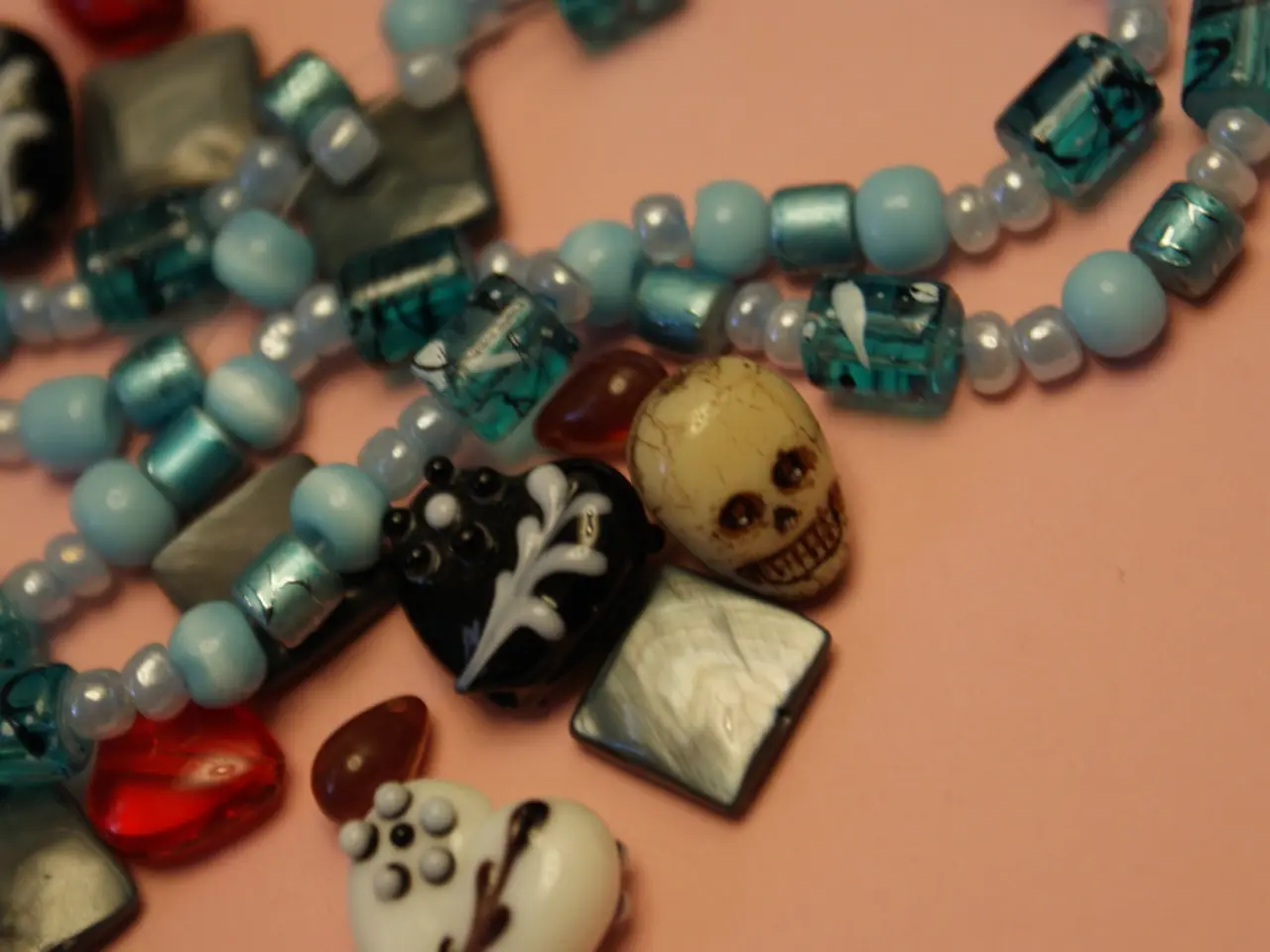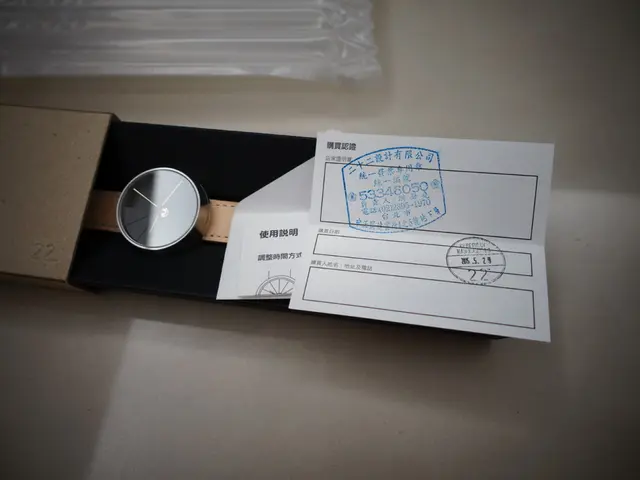Uncover the Authenticity of Your Gems: Explore These Identification Techniques and Tools!
In the world of gemstones, authenticity is key. Whether you're a collector or an investor, it's essential to ensure that your precious stones are genuine. While professional gemologists use advanced tools for definitive identification, there are several accessible methods that can help you assess a gemstone’s authenticity at home. Here's a simple guide to help you get started.
## Visual and Physical Inspection
The first step in identifying a gemstone is a visual and physical inspection. Using a jeweler’s loupe, inspect the gemstone for natural inclusions, blemishes, and color zoning. Natural gemstones often have imperfections, whereas synthetic or glass imitations may appear too perfect or contain gas bubbles and swirl marks.
Observe the gemstone’s color and how it’s distributed. Natural stones often show slight color variation or zoning, while synthetic or fake stones may have uniform or unnatural colors.
## Simple Home Tests
### Hardness Test
Using the Mohs scale, try to scratch the gemstone with a known material (like a steel nail or another mineral). Be cautious, as this can damage softer stones.
### Density Test
Weigh the gemstone and measure its volume by displacement in water. Calculate the density and compare it to standard values for known gemstones.
### Thermal Conductivity
For certain stones like diamonds, a thermal conductivity tester can be used. Diamonds disperse heat rapidly, differentiating them from many imitations.
### Fluorescence Under UV Light
Shine a UV light on the gemstone. Some authentic stones (e.g., some sapphires) show weak to moderate fluorescence, while synthetic or treated stones may not fluoresce or may show abnormal patterns.
## Digital Tools and Apps
Use apps like Crystal & Rock Identifier or Rock Identifier to take a photo of your gemstone and receive instant suggestions based on a large database of minerals and gemstones. These apps provide information on mineral names, hardness, color, and luster, helping you cross-reference your observations.
## Limitations and Next Steps
While home identification methods can provide useful clues, they are not foolproof. Imitation gemstones and sophisticated synthetics can sometimes pass basic tests. For definitive results, especially for valuable gems, consult a certified gemologist or submit the stone to a reputable gemological laboratory for professional analysis and certification.
In conclusion, these steps help you gather evidence before seeking professional confirmation, giving you greater confidence in your gemstone’s authenticity. Remember, the journey of a thousand miles begins with a single step. So, start your gemstone identification journey today!
---
**Summary Table: Home Gemstone Identification Methods**
| Method | What to Look For | Tools Needed | |-------------------------------|-------------------------------------------|------------------------------| | Magnification | Inclusions, color zoning, bubbles | Loupe | | Hardness Test | Scratch resistance | Steel nail, Mohs scale | | Density Test | Density match to known values | Scale, graduated cylinder | | UV Fluorescence | Type and intensity of fluorescence | UV light | | Digital Identification | Database match | Smartphone, app |
- After confirming the authenticity of your precious gemstones, it's equally important to maintain a lifestyle that accentuates their beauty. Transform your home-and-garden into an exquisite display, featuring carefully chosen gemstones as decorative elements.
- As you delve deeper into the fascinating world of gemstones, expand your knowledge beyond identification to understanding their cultural and historical significance. Pursue education and engage in discussions about various home-and-garden designs inspired by gemstones, enriching your lifestyle with this captivating subject matter.




